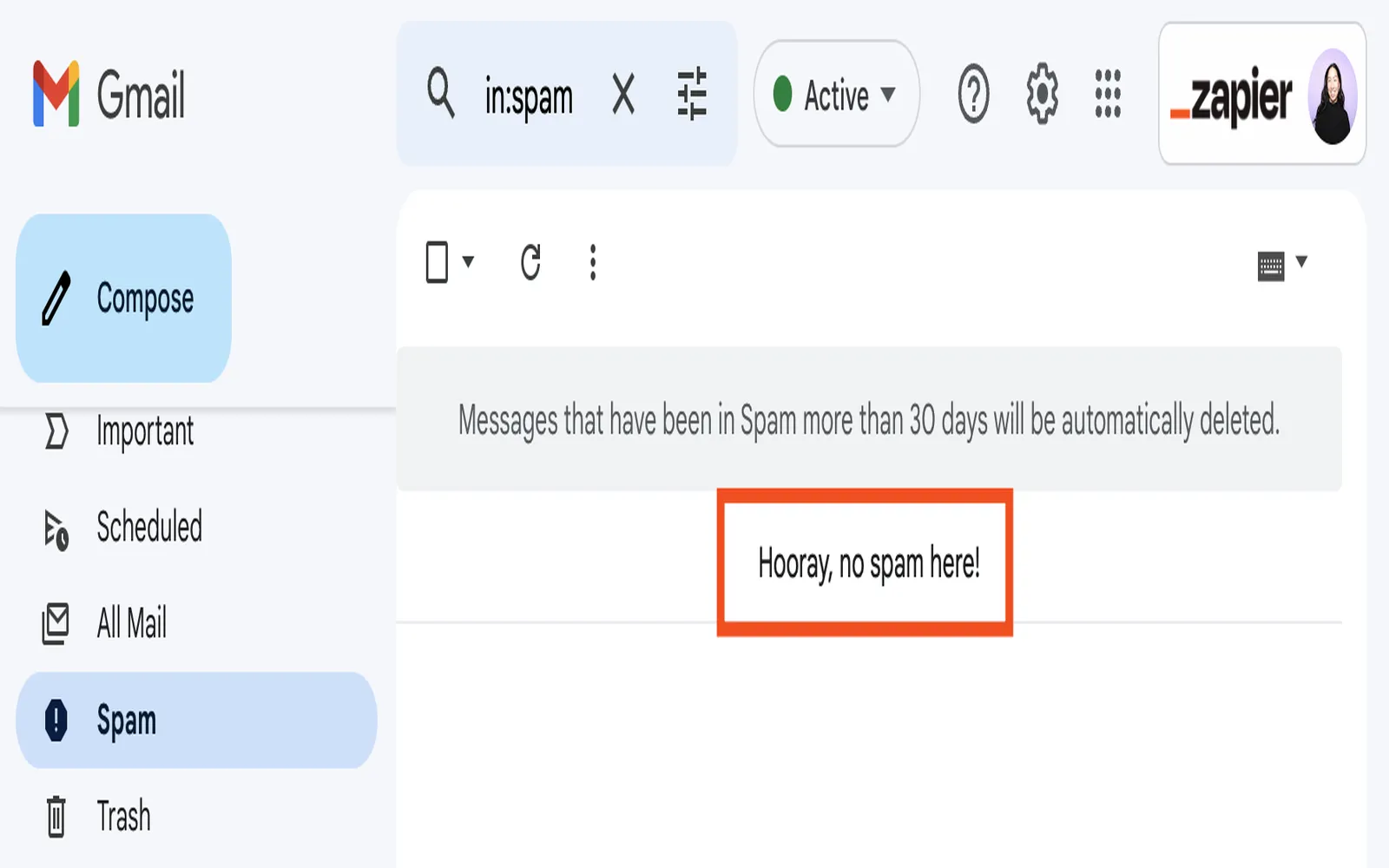Why Use Gmail Filters?
In today’s fast-paced digital world, managing your email efficiently is crucial. Gmail filters help you automate the organization of your inbox, ensuring that important messages are prioritized while less critical ones are sorted away. By utilizing filters, you can save time and reduce stress, allowing you to focus on what truly matters. Here are seven of the best Gmail filters to help you organize your inbox effectively.
1. Filter by Sender
One of the simplest yet most effective filters is organizing emails by sender. This allows you to group all emails from a specific person or organization into labeled folders. For example, if you frequently receive emails from a particular client or colleague, you can create a filter that automatically labels their emails, making it easy to find them.
| Steps to Create Filter | Details |
|---|---|
| Step 1 | Open Gmail and click on the gear icon. |
| Step 2 | Select "See all settings." |
| Step 3 | Go to the "Filters and Blocked Addresses" tab. |
| Step 4 | Click on "Create a new filter." |
| Step 5 | Enter the sender's email address and choose the actions. |
2. Filter by Keywords
Another powerful way to manage your inbox is by filtering emails that contain specific keywords. This is particularly useful for sorting newsletters, promotional emails, or project-related messages. By filtering based on keywords, you can direct these emails to designated folders or apply labels, making them easier to locate.
3. Filter by Subject Line
If you receive numerous emails regarding a specific subject, setting up a filter based on the subject line can streamline your inbox. For instance, if you often get emails with the subject "Weekly Report," you can create a filter to automatically label and archive these emails, keeping your inbox uncluttered.
| Benefits of Subject Line Filters | Details |
|---|---|
| Organized Inbox | Quickly find relevant emails without scrolling. |
| Reduced Clutter | Less visual noise in your primary inbox. |
4. Filter by Size
Large emails can take up valuable storage space in your Gmail account. By setting up a filter to identify emails larger than a specific size, you can quickly find and manage these space-consuming messages. This helps you stay within Gmail’s storage limits and maintain an efficient inbox.
5. Filter by Date
To keep your inbox relevant and manageable, you can create filters based on the date. This is particularly beneficial for seasonal promotions or emails related to specific events. By filtering emails from a certain timeframe, you can easily archive or delete older messages that are no longer relevant.
| How to Filter by Date | Details |
|---|---|
| Step 1 | In the filter creation window, use the "Date" options. |
| Step 2 | Set your desired date range. |
| Step 3 | Choose actions like "Delete" or "Archive." |
6. Filter Emails with Attachments
Many users receive important documents via email, but sifting through countless messages can be tedious. By creating a filter for emails that include attachments, you can quickly locate important files. This is particularly useful for project management or collaboration scenarios where documents are frequently exchanged.
7. Filter by Categories
Gmail allows you to categorize emails into different tabs such as Primary, Social, Promotions, Updates, and Forums. You can create filters that automatically categorize incoming emails based on your preferences. This helps in segregating personal and promotional content, ensuring you never miss important messages.
| Advantages of Categorizing Emails | Details |
|---|---|
| Improved Focus | Access to emails that matter most instantly. |
| Time Savings | Less time spent searching for emails. |
Conclusion
Implementing these 7 Gmail filters can transform your email management experience. By focusing on key aspects like sender, keywords, subject lines, size, date, attachments, and categories, you can declutter your inbox and enhance your productivity. Take charge of your email today and enjoy a more organized online communication experience!





